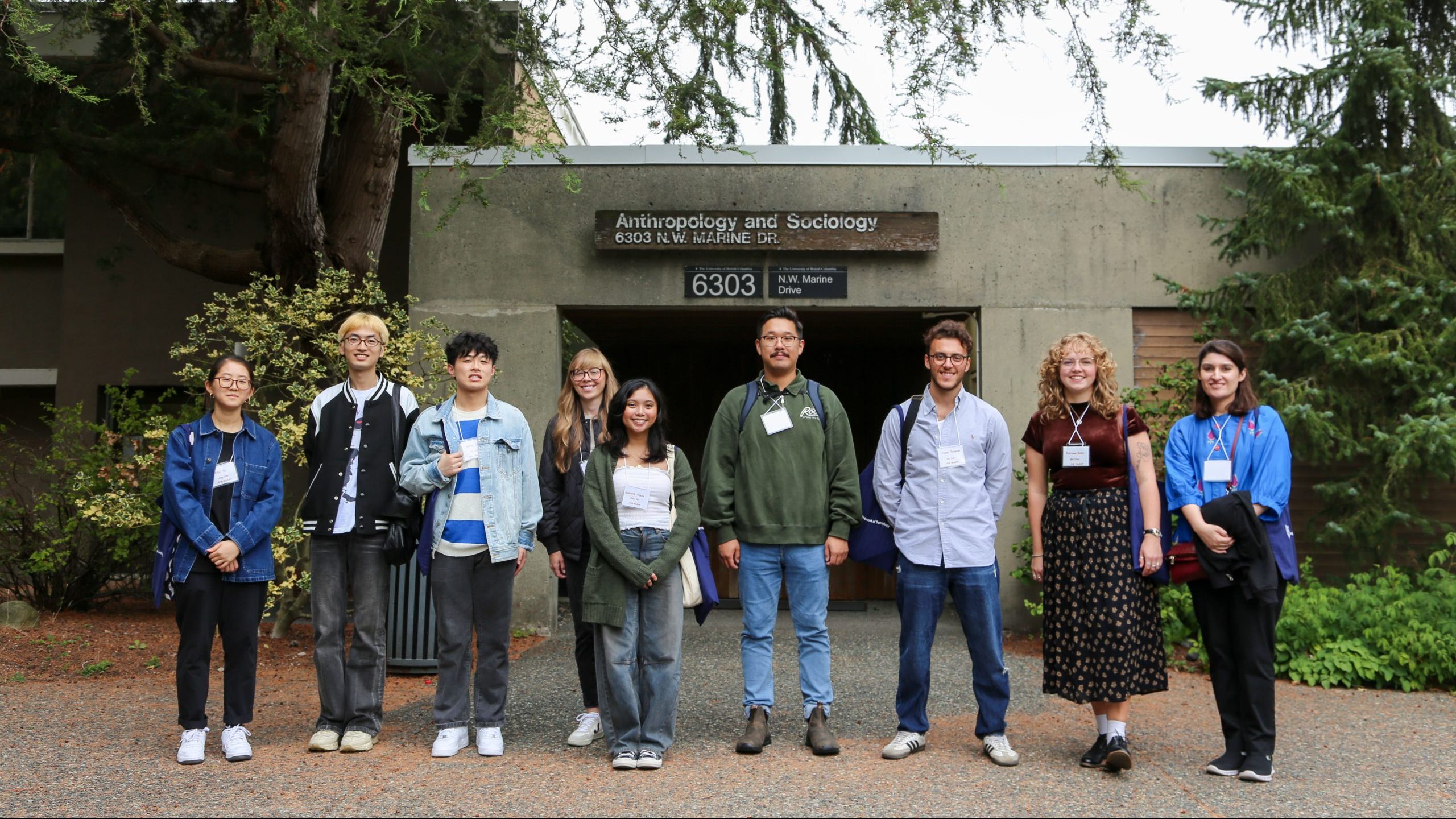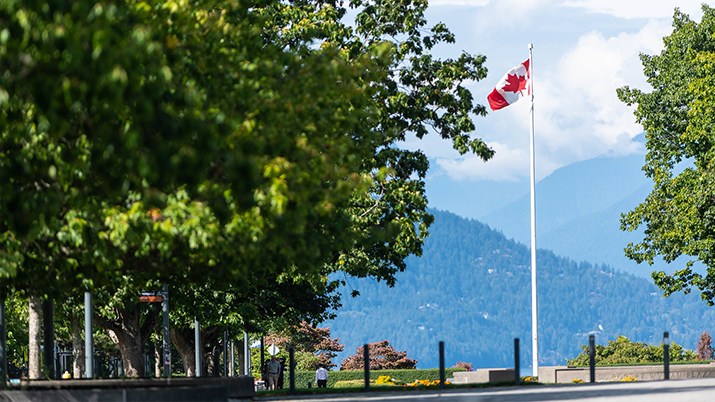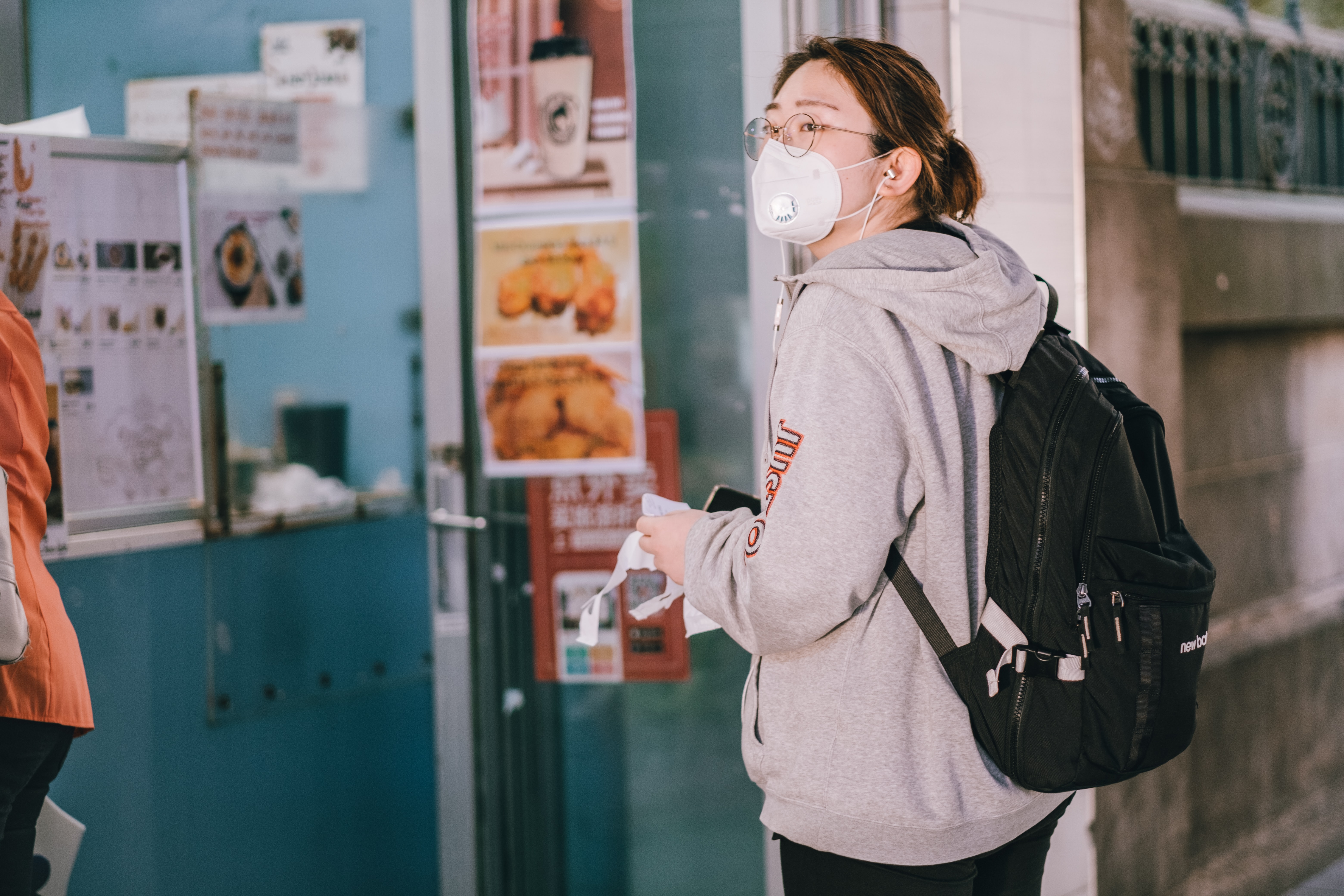

UBC Sociology Professors Yue Qian and Amy Hanser conducted 30 in-depth interviews to understand Wuhan residents’ lived experiences of lockdown life. We talked to Yue and Amy about their research: how did residents cope with lockdown, complexities in the relationship between an authoritarian state and an urban populace, the possibility of this type of lockdown in Canada, and more.
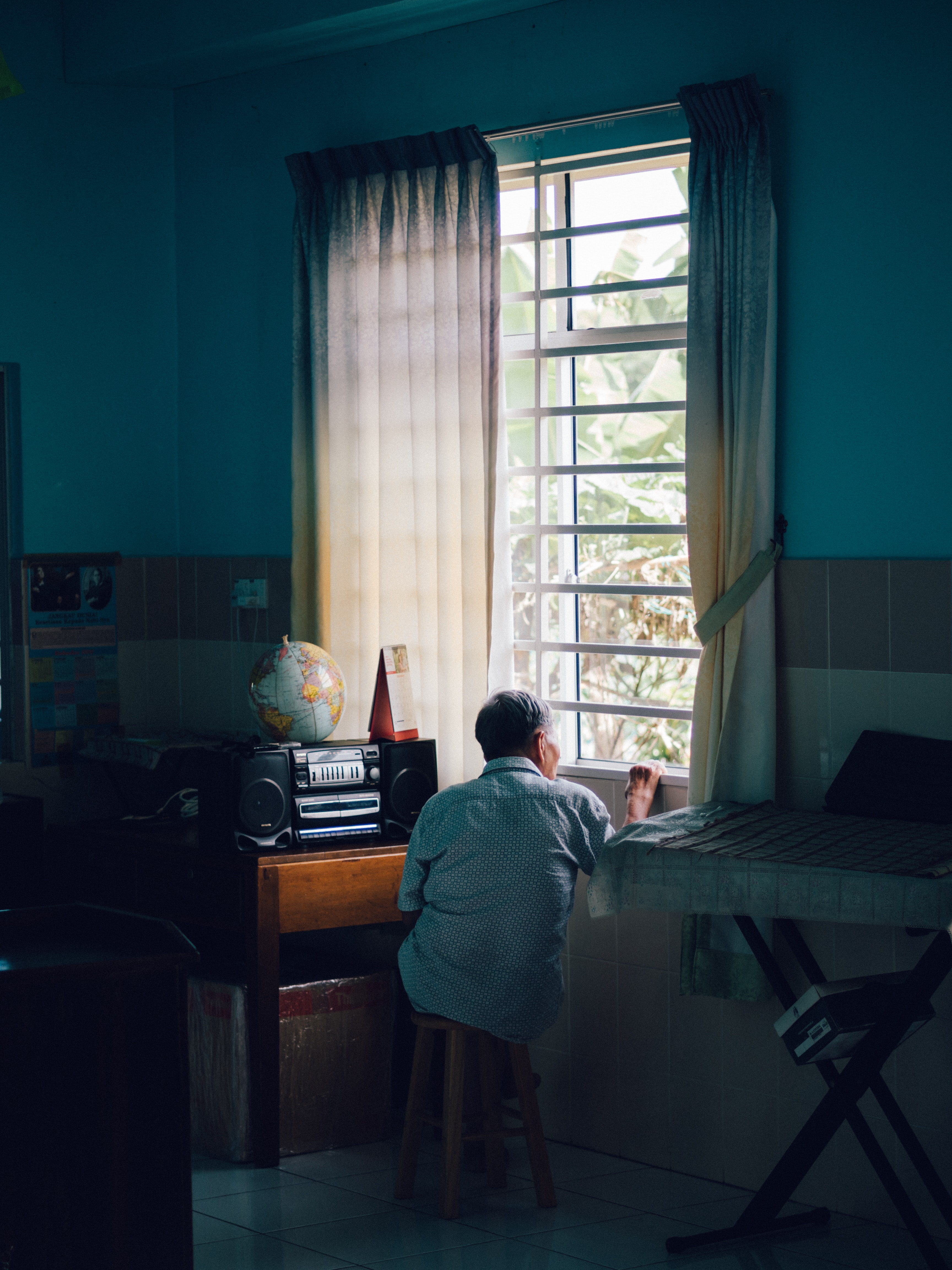

How did Wuhan residents cope with lockdown, and what were the pre-existing structures that made the lockdown possible?
In response to the COVID-19 outbreak, the city of Wuhan was placed under an unprecedented lockdown for 76 days: Residents were not allowed to leave their residential compounds without authorization. During the lockdown, Wuhan residents could not look anywhere else to imagine how things might unfold. Our interviews with Wuhan residents revealed that people actively lived through the lockdown, despite no clear roadmap for how to do so.
How people actually navigated life in lockdown was indelibly shaped by the structural conditions in which they were located. For example, the quick enforcement of the lockdown was facilitated by the gated layout of urban housing. Although commodity-housing communities typically have multiple gates leading into the residential compound, only one gate was open and strictly guarded by security staff and/or volunteers.
In addition, the very localized form of city government (the shequ) played a critical role, by taking on administrative duties (e.g. granting official passes), providing community services (e.g. coordinating grocery purchase, delivery, and distribution), and addressing vulnerable populations’ needs (e.g. people undergoing home isolation, the elderly, pregnant women). Suspected and confirmed COVID-19 patients were arranged by shequ to get diagnostic tests and/or be transferred to hospitals for treatment.
Lastly, WeChat, one mobile app used by almost everyone in urban China, provided the means to meet residents’ diversified needs. WeChat supports individual and group video, audio, and text messaging, and is even a channel for disseminating official information. WeChat also plays an important role in digital commerce, providing an electronic payment system and allowing people to arrange individual and group purchases. This “all-in-one” platform was central to enabling people to meet their informational and material needs during the lockdown.


Prof. Yue Qian
What did the interviews reveal about how people coped with the lockdown? What forms did grassroots mobilization and civic engagement take?
Our study reveals that in the prolonged time of physical isolation, social solidarity was critical to facilitating effective coping. Residents were engaged in grassroots efforts and community building during the lockdown. For example, many of our research participants shared, borrowed, and lent tools, necessities, or ingredients through their neighbourhood WeChat groups. In pregnant women groups on WeChat, women shared their experiences after they went to get prenatal check-ups, so that other women would save time in finding information. Shequ, property management companies, residents, and volunteers often worked together to organize grocery purchases, deliver food, and distribute supplies.
Therefore, solidarity was built through reciprocity among, for example, neighbours who had never interacted with one another before, volunteers and those they helped, and pregnant women who had shared experiences of anxiety, uncertainty, and healthcare shortages during the challenging time. Our research participants commonly expressed their deep gratitude for various acts of kindness that they experienced or they saw people doing toward each other. They described the 76 days of lockdown as a period when they fought together and survived life and death situations together. Thus, the solidarity that was quickly formed among Wuhan residents helped build a sense of unity and strengthen community resilience to disasters.


Prof. Amy Hanser
What complexities did you discover in the relationship between an authoritarian state and an urban populace?
Although informal and formal organizing was highly structured by physical (gated housing), governmental (shequ), and technological (WeChat) forces, residents often perceived taking action themselves as “self-governance”. Such perceptions coincided with the Chinese state’s recent governance strategies that have placed emphasis on endorsing and encouraging autonomous governance in middle-class neighbourhoods. Such governance was originally designed to contain and resolve neighbourhood conflicts. Nevertheless, in times of crisis, the institutional logic of autonomous governance encouraged residents to actively engage in collective action and respond to neighbourhood needs, with little or no direct state intervention. The collaborative interactions between the local state and private citizens show that civil society organizing in China often functions in ways that support, as opposed to contest, state authority.
Would it be possible to implement this type of lockdown here in Canada? Do we have any society’s structural and institutional conditions necessary?
The effective implementation of lockdown measures is extremely labour intensive because it means imposing a strict quarantine on households, limiting transportation, and closely monitoring individuals’ health, while still providing access to medical care and daily necessities. Such public health measures are profoundly dependent upon pre-existing physical housing structures, the very localized form of governance, and critical technological infrastructure in urban China. For many reasons, these measures could not be easily reproduced in other societies.
Interestingly, we have recently noticed that Chinese immigrants in Vancouver used WeChat to organize “group purchase” (tuangou) and have their groceries delivered to their door. This could reduce the frequency of going out and this practice was quite similar to what we observed in Wuhan. Maybe some ethnic communities in Vancouver (Canada more broadly) are already applying their own culturally-embedded ways to cope with the pandemic.
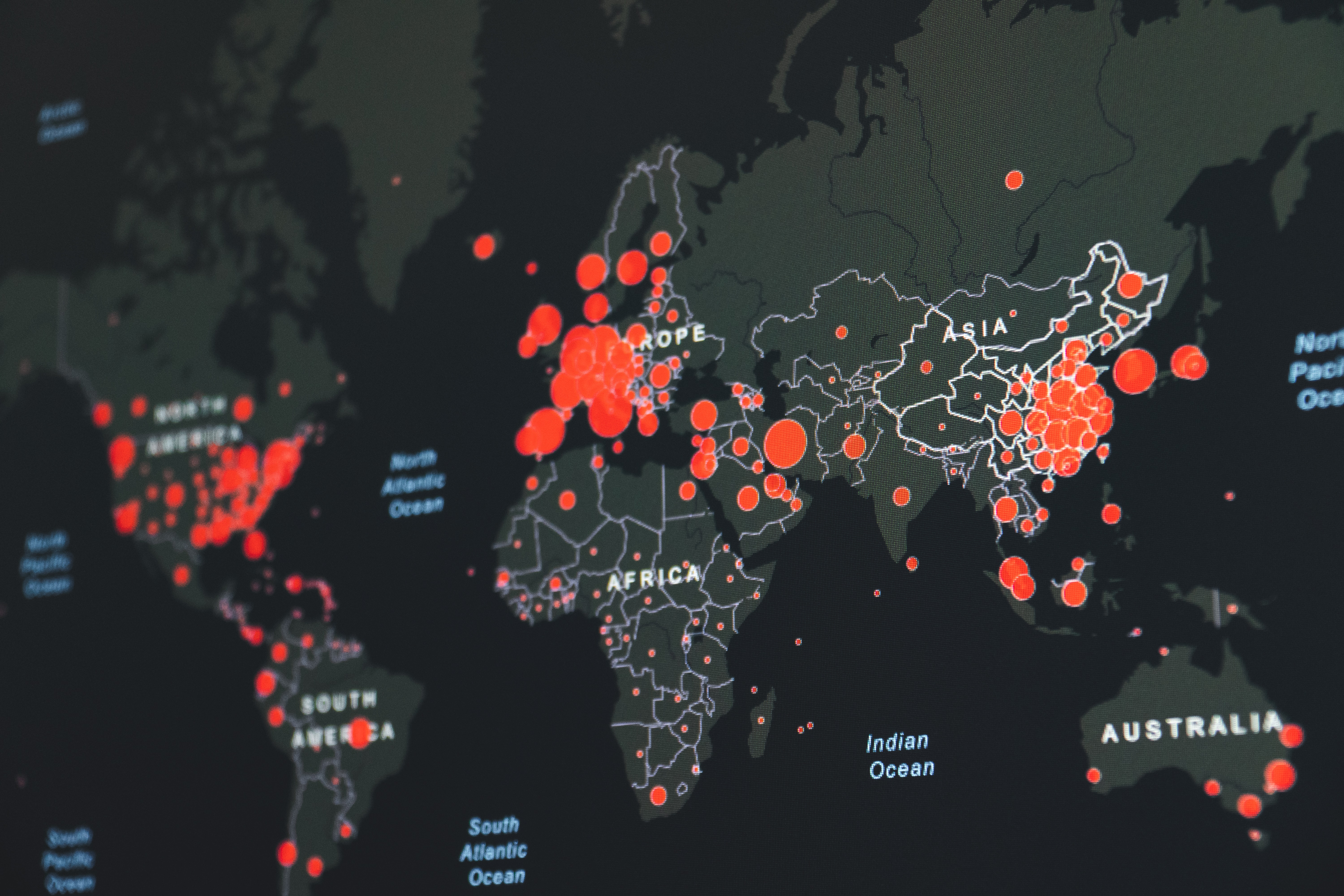

What do you want readers to take away from this paper?
Our sociological account of Wuhan’s lockdown shows how government responses to COVID-19 and individuals’ coping practices were built upon pre-existing structures. We hope to underscore the need for sociological perspectives in understanding the responses to, and consequences of, the ongoing COVID-19 pandemic.
References:
Qian, Y., & Hanser, A. (2020). How did Wuhan residents cope with a 76-day lockdown?. Chinese Sociological Review, 1-32. Free access for all at: https://doi.org/10.1080/21620555.2020.1820319
